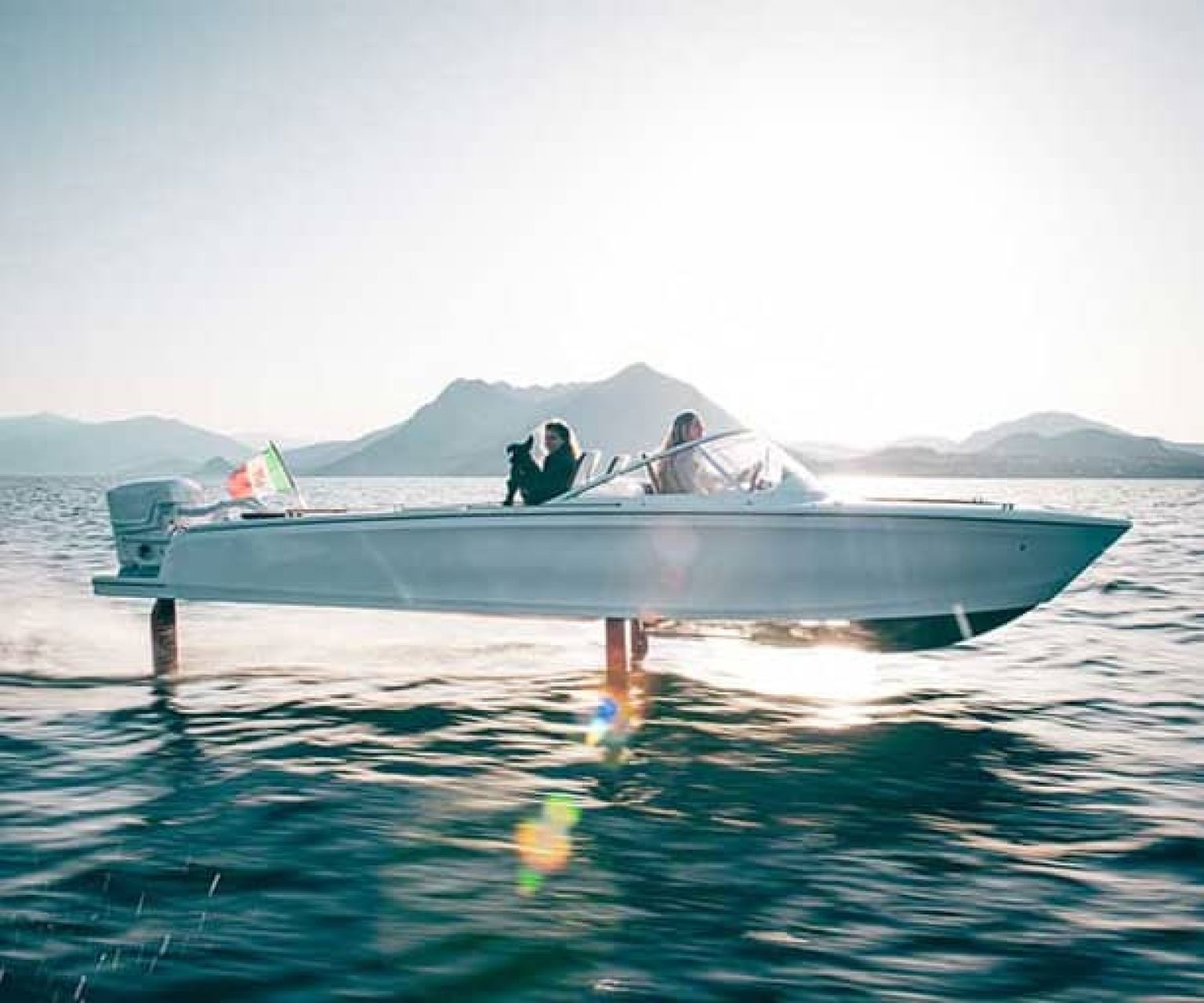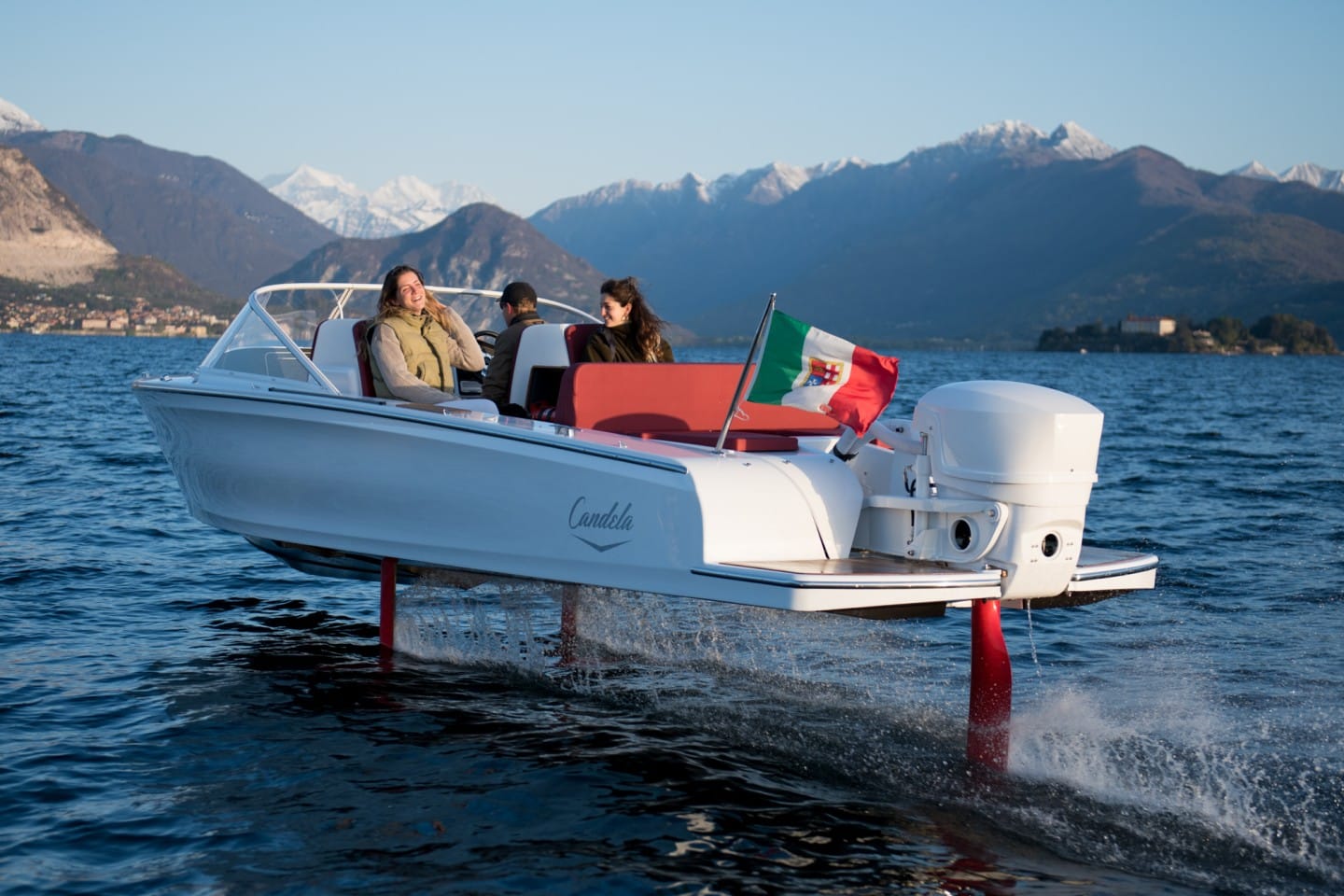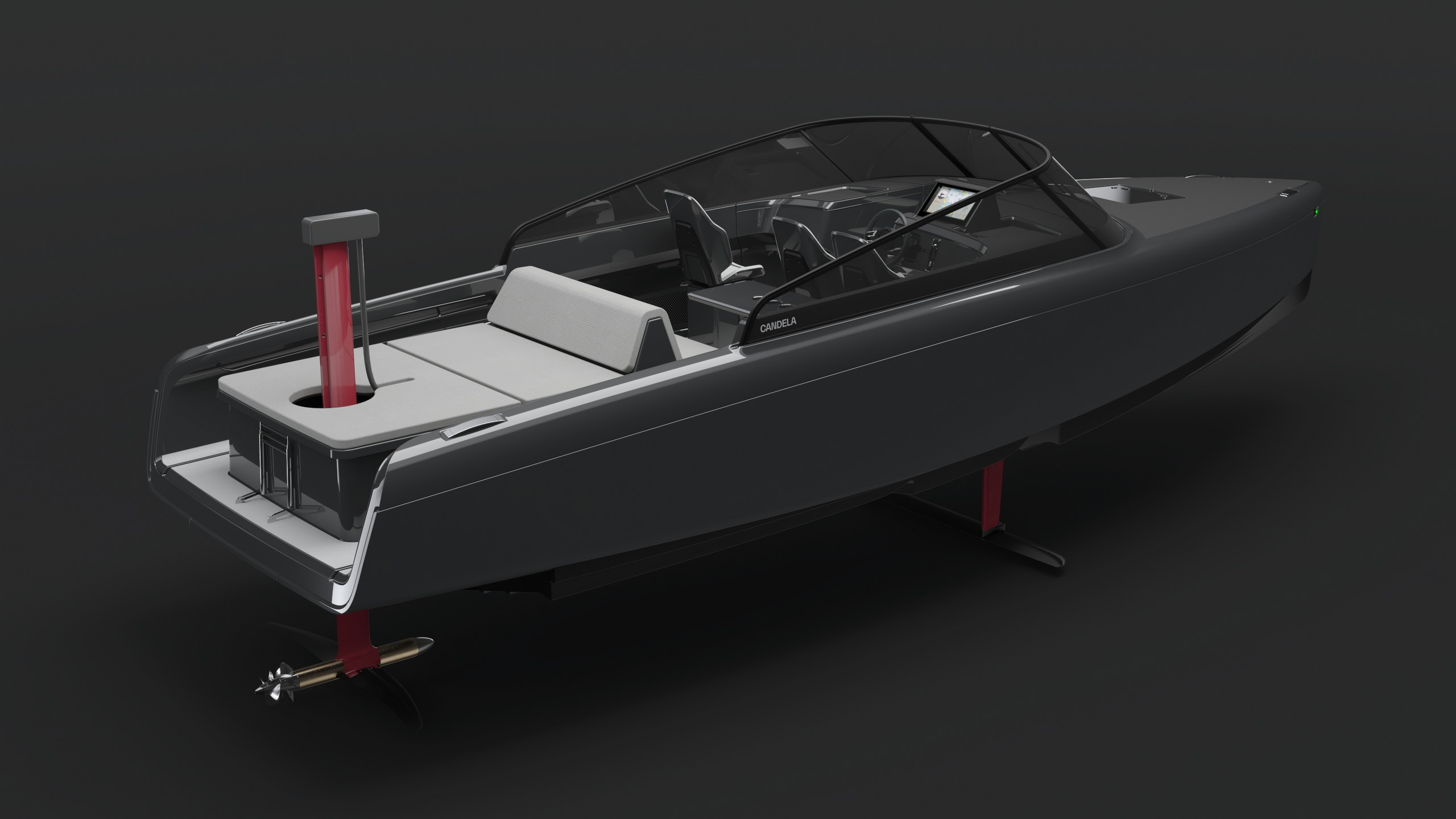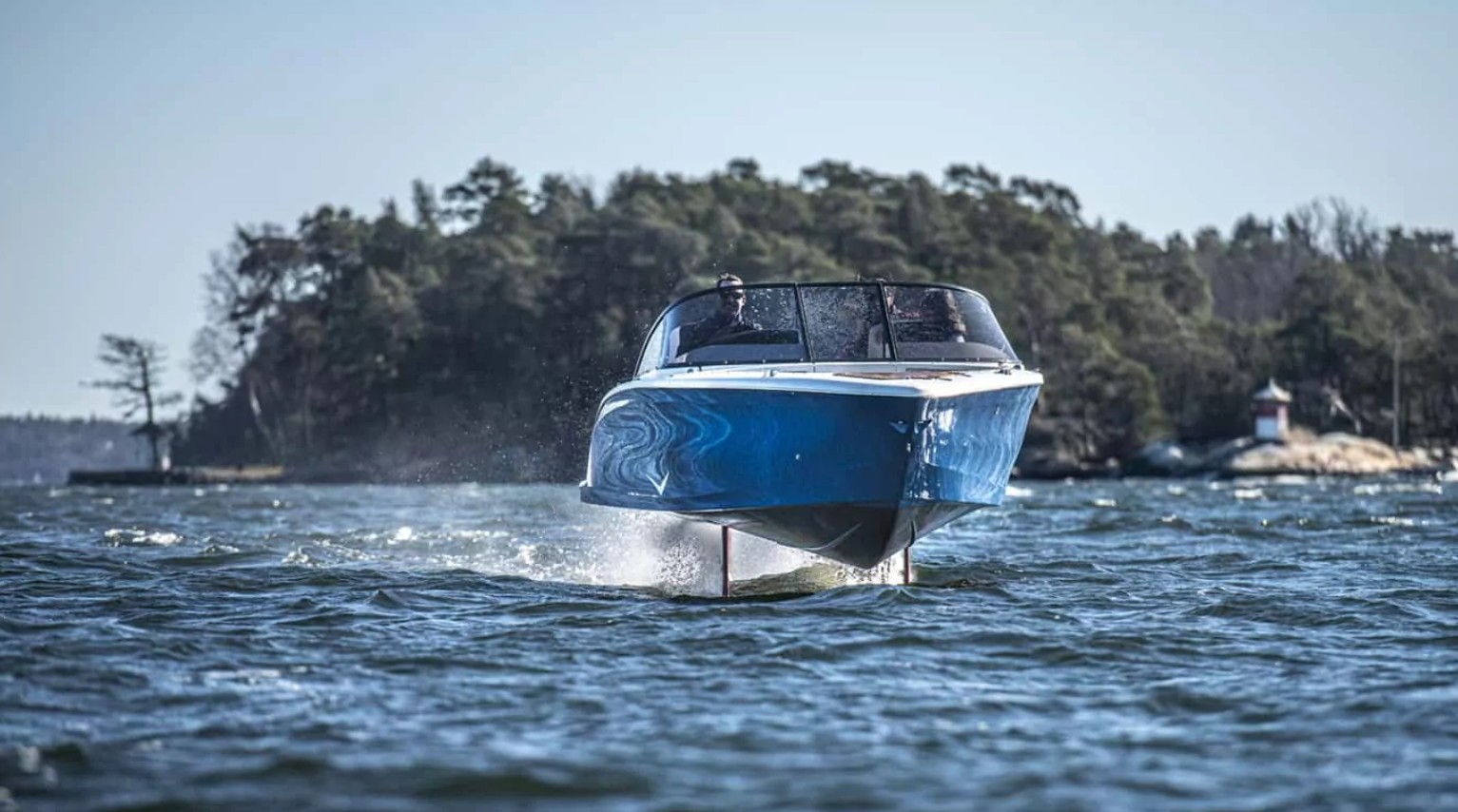


The hydrofoils are wings fixed underneath the boat that helps lift the boat hull out of the water, and the P-12 uses two of them, with one mounted with two motors in the stern of the vessel. But since most recreational boaters like piloting their own boats - and most ferry passengers likely prefer a human captain at the helm - the self-driving innovation is focused on what happens at the marina.Candela doesn’t accomplish the task of high speed with enormous motors and huge batteries, but actually through hyper-efficient hydrofoil technology. Many of the companies developing electric boat propulsion also have teams working on making these vehicles more autonomous. Hasselskog said the same technology powering Candela’s new leisure boat will also be used to power a 30-passenger catamaran prototype that could operate in Sweden by summer.įor a city like Stockholm, which has already electrified most of its public ground transportation, its dozens of large ferry boats are an outlier in producing carbon emissions. As you add more batteries, you add costs,” said Jeff Wasil, director of environmental health and safety at the National Marine Manufacturers Association.īoth Candela and Navier are planning for a secondary market of electric ferries that could compete with the gas-powered vehicles that now carry commuters around populated regions such as the Stockholm archipelago or along San Francisco Bay. Just the amount of energy that that it takes to move a boat through the water and to propel the boat through a water requires a lot of batteries.
CANDELA ELECTRIC BOAT DRIVERS
These early electric boat models are expensive, heavy and could instill more serious “range anxiety” than what drivers have felt about electric cars, analysts say. They’ve been described as Teslas of the sea, with hopes that what starts off as a luxury vehicle could eventually help transform the marine industry. But they’re not cheap, with price tags hovering around $400,000. The company believes its boats could eventually be used as water taxis in cities such as New York, Seattle and San Francisco.īesides a smoother ride, the boats help owners save on fuel costs and limit greenhouse gas emissions.

The company is taking orders for the boats, which can be outfitted with a cabin to protect boaters from the elements. The Navier 30 is a 30-foot (9.1-meter) boat that can travel about 75 nautical miles on a single charge, said Navier CEO Sampriti Bhattacharyya.

And this way you can have a small battery that you can recharge overnight, and then you can actually have a decent day out on the water, on an electric boat,” said Tanguy de Lamotte, CEO of Candela US.
CANDELA ELECTRIC BOAT SOFTWARE
“So with the foiling, and the smart computer and the software that we developed, we can have a boat that is disconnected from the water. The Stockholm-based startup has been scaling up its workforce from 60 employees a year ago to about 400 later this year as it prepares to ramp up production. It can travel 57 nautical marines on a single charge.Ĭandela CEO Gustav Hasselskog said his company has already sold and manufactured 150 of its brand-new C-8 model. The two companies recently invited the Associated Press to test ride their hydrofoil boats, the Candela C-8 and Navier 30, on San Francisco Bay in Northern California.Ĭandela’s C-8 is a 28-foot (8.5-meter) electric-powered hydrofoil speedboat that can cruise for over two hours at 20 knots, or about 23 mph. It’s like you’re on a jet plane,” Navier CEO Sampriti Bhattacharyya said during an interiew bobbing on San Francisco Bay. It’s just a smooth, like smooth ride quality. “Not only it’s electric, you’re gliding above the water, so there is no seasickness. Swedish company Candela and Alameda, California-based Navier make electric hydrofoil speedboats that lift the hull above the water’s surface at higher speeds, offering a smoother and quieter ride. But they don’t want to make waves in the crowded boating marketplace. Two startups are racing to bring electric-powered boats to the maritime masses, at least the wealthier ones.


 0 kommentar(er)
0 kommentar(er)
